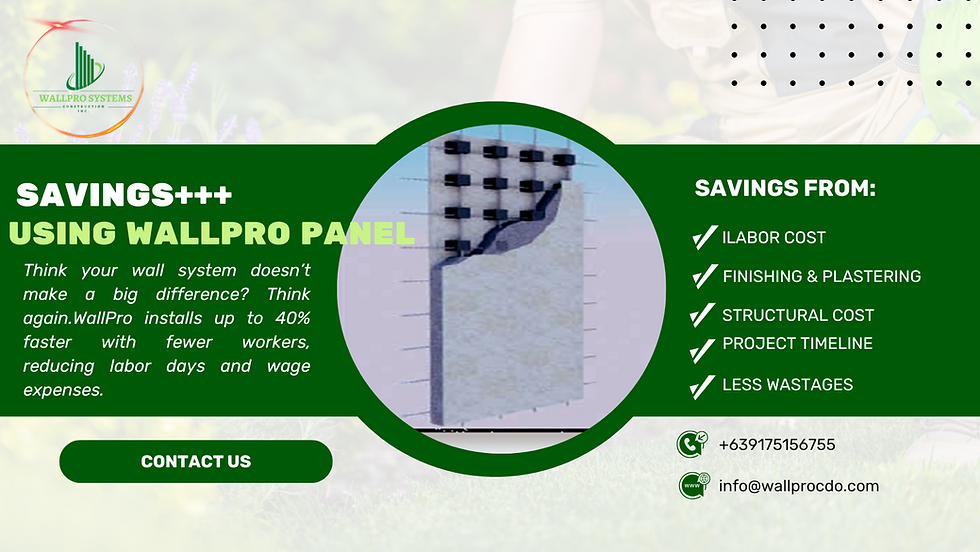📝 UNDERSTANDING THE PUNCHLIST: Provisions, Inclusions, Limitations, and Exclusions Before Final Turnover
- Gabriel Mikael
- May 31
- 2 min read
A punchlist might sound like a small step in your construction project—but it’s one of the most important quality control measures before final turnover. It ensures everything agreed upon in the contract is complete, safe, and built to the right standard.
Let’s walk through what a punchlist is, what’s included, what its limitations are, and what’s typically excluded.
📌 What Is a Punchlist?
A punchlist (also called a snag list or deficiency list) is a document created near the end of a construction project that identifies minor fixes, adjustments, or incomplete items that must be resolved before project completion is officially accepted.
Think of it as the final checklist for both the homeowner and contractor before keys are handed over.
✅ What’s Typically Included in a Punchlist?
A detailed punchlist ensures that nothing slips through the cracks. Common inclusions are:
Cosmetic Deficiencies– Scratches, chipped paint, cracked tiles, or stains on walls and floors.
Unfinished Work– Incomplete cabinet installations, missing hardware, loose fixtures.
Functional Issues– Stuck doors or windows, water leaks, faulty outlets, or light switches.
Plumbing and Electrical Checkpoints– Low water pressure, dripping faucets, non-functioning sockets.
Safety Concerns– Exposed wires, sharp edges, or misaligned railings.
Clean-Up and Debris Removal– Leftover construction materials, dust buildup, or leftover equipment.
📃 Key Provisions in a Punchlist Process
A well-managed punchlist process includes:
Timeline for Completion– Contractors are usually given 7–30 days to fix punchlist items.
Final Inspection– Owner or representative verifies if all punchlist items have been addressed.
Retention Release– A portion of the contract price (typically 10%) is released only after the punchlist is cleared.
Sign-Off/Certificate of Acceptance– Issued once the owner is satisfied and all issues are resolved.
⚠️ Common Limitations in the Punchlist Process
It’s important to understand what a punchlist cannot do:
Cannot Add Major Scope: You can't use the punchlist to demand significant changes not in the contract.
Time-Bound: Some contracts set a deadline for submitting punchlist items (e.g., within 5 days after inspection).
Not a Warranty Claim: Post-turnover issues are handled under warranty, not punchlisting.
🚫 Typical Exclusions from a Punchlist
Some items are generally not included in a punchlist:
Normal Wear and Tear– Minor scratches or blemishes from regular use after move-in.
Design Changes– Requests for rework outside the original plan.
Owner-Supplied Items– Fixtures or appliances the owner provided may not be covered.
Force Majeure-Related Damage– Damage caused by weather or other uncontrollable events.
🛠️ Pro Tips for a Smooth Punchlist Process
Inspect Thoroughly: Bring a checklist and take photos.
Bring a Professional: Consider hiring an engineer or inspector.
Document Everything: List all defects in writing.
Don't Rush Sign-Off: Make sure you're fully satisfied before issuing acceptance.
🏡 Your Last Line of Defense Before Turnover
The punchlist is your opportunity to hold the contractor accountable and make sure your home is delivered exactly as promised. Don’t overlook it. Take the time to inspect, document, and demand corrections—because once you sign that Certificate of Acceptance, the burden shifts to you.




Comments